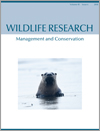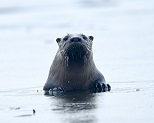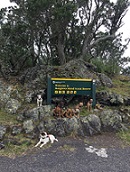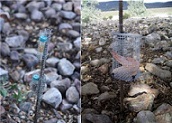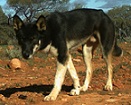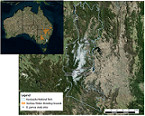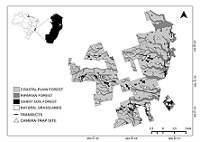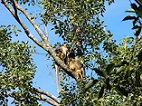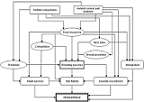
Restoration plantings can provide habitat for declining woodland bird communities, but do they actually support resident, breeding populations of woodland birds in fragmented agricultural landscapes? We reviewed current knowledge on woodland bird responses to restoration plantings, and found that there is still much to learn about population processes such as breeding success. We suggest future research directions that focus on addressing this knowledge gap, with the aim of improving our ability to assess whether restoration plantings are achieving conservation goals.


